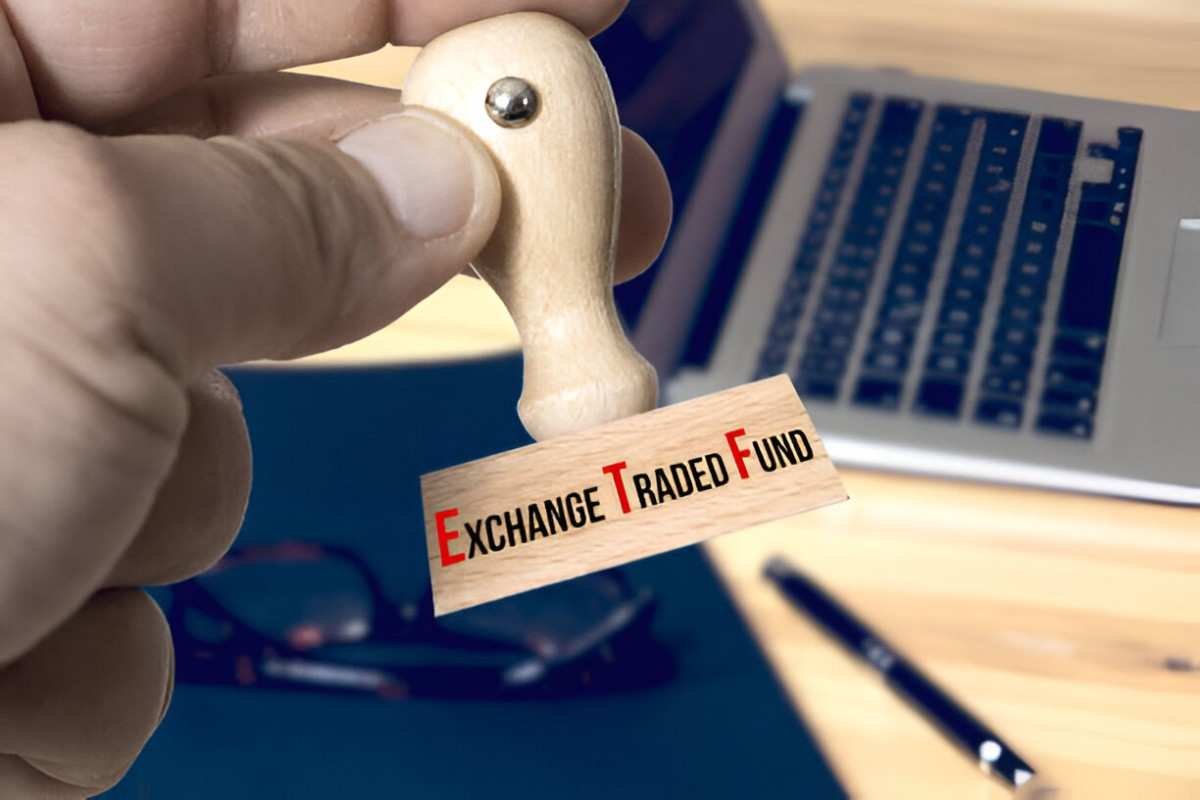The 3D printing industry is transforming manufacturing, healthcare, aerospace, and even consumer goods. As additive manufacturing becomes mainstream, investors are looking for ways to capitalize on this growth. In this guide, I’ll break down the best 3D printing ETFs and mutual funds, analyze their performance, and explain how to build a portfolio that aligns with your investment goals.
Table of Contents
Why Invest in 3D Printing?
3D printing (additive manufacturing) is disrupting traditional production methods with:
✔ Faster prototyping – Companies like Tesla and Boeing use 3D printing for rapid design iterations.
✔ Cost efficiency – Reduces material waste compared to subtractive manufacturing.
✔ Medical breakthroughs – Bioprinting organs, dental implants, and prosthetics.
✔ Aerospace & defense – Lightweight, high-strength components for rockets and jets.
The global 3D printing market is projected to grow from $18B (2023) to over $83B by 2030 (CAGR ~20%). This growth makes 3D printing stocks—and the funds that hold them—an intriguing investment.
Best 3D Printing ETFs
ETFs (Exchange-Traded Funds) are the easiest way to invest in 3D printing because they provide instant diversification across multiple companies.
1. The 3D Printing ETF (PRNT)
- Issuer: Ark Invest / Procure
- Expense Ratio: 0.66%
- Top Holdings:
- 3D Systems (DDD)
- Stratasys (SSYS)
- Proto Labs (PRLB)
- HP Inc. (HPQ) – Industrial 3D printing division
- Why Invest?
- Pure-play focus on additive manufacturing.
- Balanced exposure to hardware, software, and materials.
2. ARK Autonomous Tech & Robotics ETF (ARKQ)
- Issuer: Ark Invest
- Expense Ratio: 0.75%
- 3D Printing Exposure: ~15-20%
- Top 3D Holdings:
- Stratasys (SSYS)
- 3D Systems (DDD)
- Materialise (MTLS)
- Why Invest?
- Broader robotics/AI focus, but strong 3D printing allocation.
3. SPDR S&P Kensho Smart Structures ETF (SIMS)
- Expense Ratio: 0.45%
- Indirect 3D Printing Exposure:
- Includes companies using 3D printing in construction and infrastructure.
- Why Consider?
- Lower-cost option with some additive manufacturing ties.
3D Printing Mutual Funds (Limited Options)
Most mutual funds don’t focus solely on 3D printing, but some tech or innovation funds include key players:
1. Fidelity Select Technology Portfolio (FSPTX)
- Expense Ratio: 0.69%
- 3D Printing Exposure: ~5-10%
- Top Holdings:
- HP Inc. (HPQ)
- Autodesk (ADSK) – 3D design software
2. T. Rowe Price Global Technology Fund (PRGTX)
- Expense Ratio: 0.91%
- Indirect Exposure:
- Holds some industrial 3D printing firms.
Note: Pure-play 3D printing mutual funds are rare. ETFs like PRNT are better for targeted exposure.
Performance & Risk Analysis
Historical Returns (2016-2023)
| Fund | 5-Year CAGR | Volatility (Beta) |
|---|---|---|
| PRNT | ~8% | 1.4 (High) |
| ARKQ | ~12% | 1.6 (Very High) |
| FSPTX | ~18% | 1.1 (Moderate) |
Key Takeaways:
- 3D printing stocks are volatile – Many are small/mid-cap growth companies.
- ARKQ has outperformed but with higher risk.
- Tech funds (FSPTX) are more stable but less focused on 3D printing.
How to Build a 3D Printing Portfolio
Option 1: Pure-Play 3D Printing (High Growth, High Risk)
- 70% PRNT (Focused 3D printing exposure)
- 30% ARKQ (Broader robotics/autonomy with additive manufacturing)
Option 2: Balanced Tech + 3D Printing (Moderate Risk)
- 50% FSPTX (General tech growth)
- 30% PRNT (3D printing focus)
- 20% Bonds/Cash (Reduce volatility)
Option 3: Long-Term Dividend Investor (Lower Risk)
- 60% SCHD (Dividend growth ETF)
- 20% PRNT (Satellite 3D printing allocation)
- 20% QQQ (Nasdaq-100 for tech balance)
Future Trends to Watch
🔹 Bioprinting – Companies like Organovo (private) and CELLINK are pioneering 3D-printed organs.
🔹 Metal 3D Printing – Desktop Metal (DM) and Markforged (MKFG) are industrial leaders.
🔹 Regulatory Shifts – FAA/NASA certifications for 3D-printed aerospace parts could boost demand.
Final Thoughts
3D printing is a high-growth, high-volatility sector. If you believe in its long-term potential:
✅ ETFs like PRNT or ARKQ offer the best pure-play exposure.
✅ Mutual funds (FSPTX) provide indirect exposure with less risk.
✅ Diversify to manage volatility—consider pairing with stable dividend stocks.
Would you prefer a high-growth 3D printing portfolio or a more conservative mix? Let me know—I’d love to refine this strategy for your risk tolerance.





